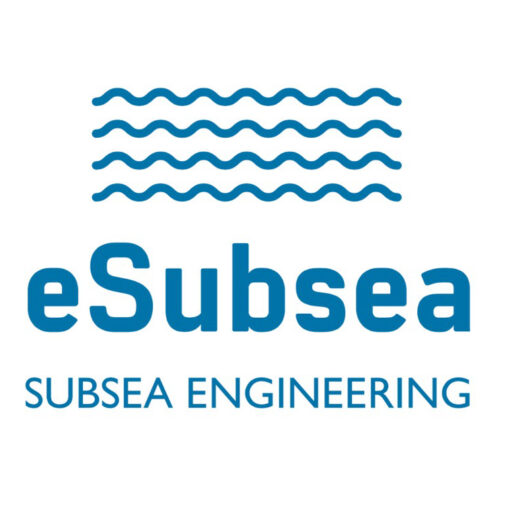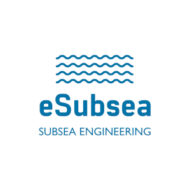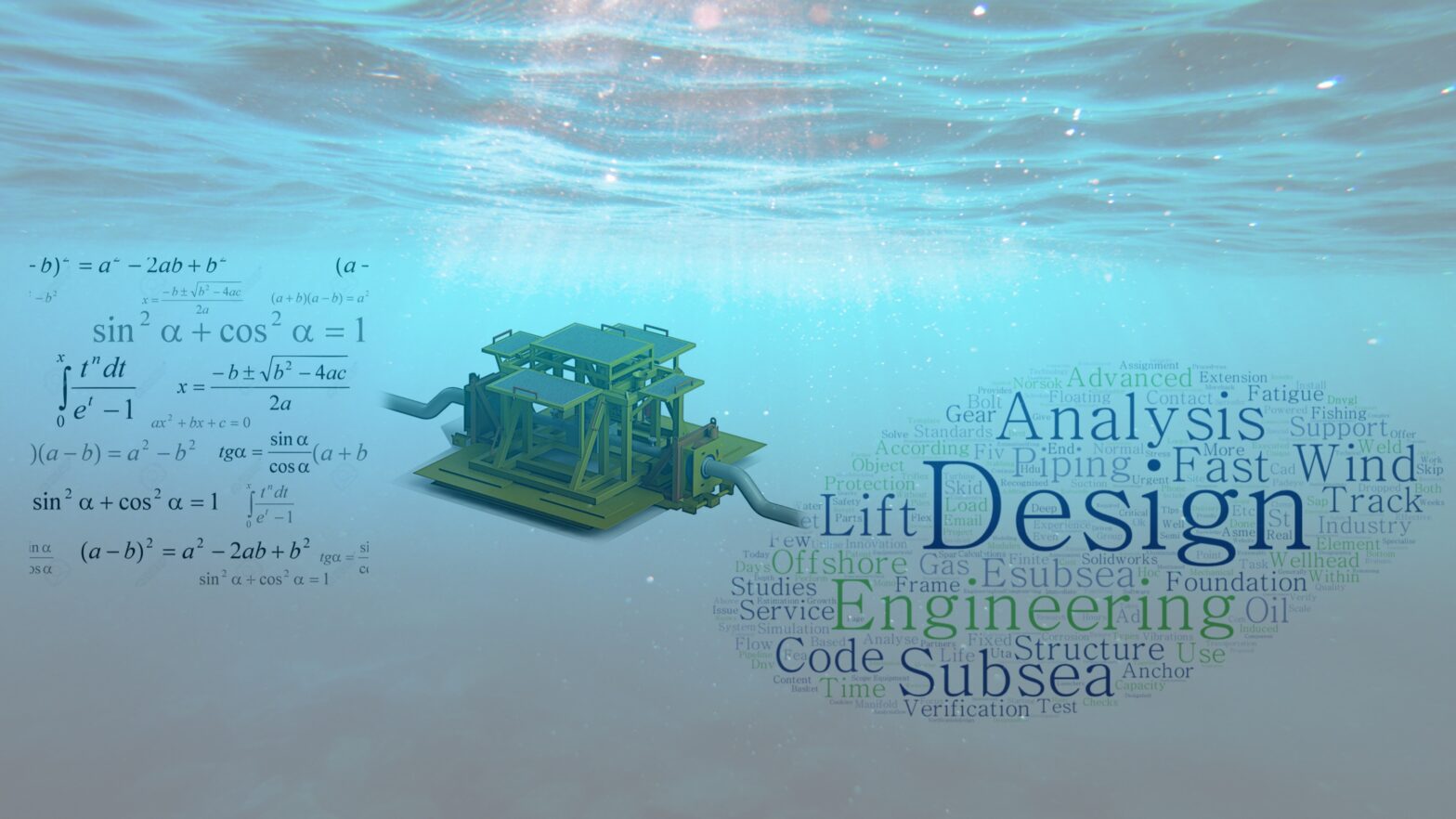eSubsea estimate the design loads and do project specific design load estimation as part of the subsea engineering, design and verification assignment. This include establishing the basic loads, load and design factors and combining these into load combinations to be used in the structural analysis and design of the structure or object.
Limit State Design
eSubsea perform structural design according to the principles of limit state design method. All identified forms of failure are checked within the respective group of limit states (ultimate limit state ULS, accidental limit state ALS, serviceability limit state SLS, progressive collapse limit state PLS and fatigue limit state FLS). The factor of safety (FoS) is established.
Loads and Load Factors
The design loads and forces including all required factors adding to the total level of safety will be established using the codes, standards and recommendation applicable for subsea structures and offshore use (ASME, DNV, NORSOK, ISO, API, Eurocode etc.)
eSubsea estimate the following design loads for the design of offshore and subsea structures, parts or components:
- Fabrication and handling loads
- Testing loads
- Padeye and lifting point load testing
- Piping pressure testing loads
- Load out loads
- Transportation loads
- Loads from vessel accelerations
- Installation loads
- Weight and buoyancy
- Wave slamming loads
- Seabed impact loads
- Suction and levelling loads
- Impact loads from other modules
- Connection loads from jumpers, pipeline or flowlines
- Wing hub connection loads
- Operation loads
- Fishing gear impact
- Thermal expansion
- Wave, current and hydrostatic pressure
- Drilling loads
- Wellhead Load Relief Loads
- Flow induced vibration (FIV) loads
- Vortex induced vibrations (VIV)
- Accidental loads
- Dropped objects and fishing gear impact
- Earthquake loads
- Intervention loads
- BOP and Xmas tree impact loads
- ROV impact loads
- Retrieval loads
- Overpressure in suction anchors
Subsea design load estimation is usually the first step on any subsea or offshore engineering task and will hence be included in most assignments and documented in the project design basis.


